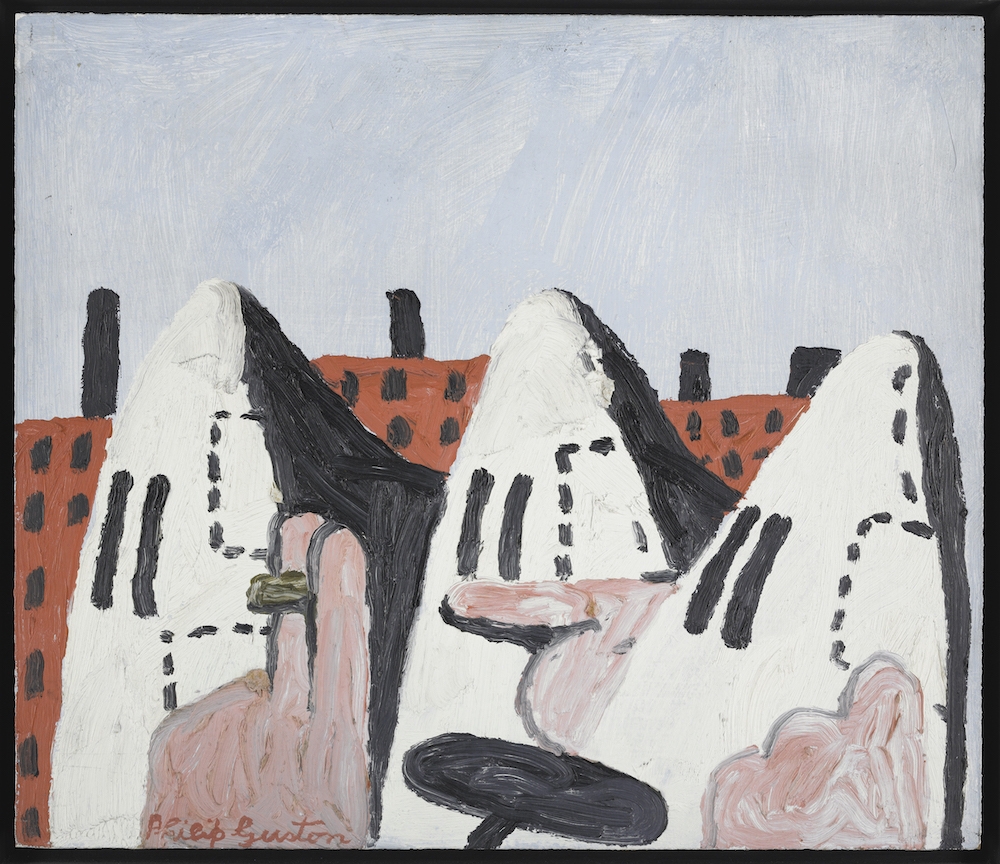In last issue’s column I discussed the influence of the Woke movement in shaking up stodgy art museums to diversify their staff and fill gaps in their collections caused by decades of turning a blind eye to artwork made by minorities and women. Sure enough, a backlash emerged causing chaos to engulf the Baltimore Museum of Art (BMA), which had one of the broadest diversity plans. Additional controversy erupted around the postponement of the Philip Guston retrospective that planned to spotlight his Ku Klux Klan parody artworks.
Last spring’s Black Lives Matter movement lit a fire under museum directors and boards of trustees in several cities, with The Met, the Guggenheim and SFMoMA announcing diversity programs. On November 23, The New York Times reported that The Met was appointing its first diversity officer in its long history—but only after a letter from the staff asked that the board recognize that the museum had “a deeply rooted logic of white supremacy and culture of systemic racism at our institution.” The City of New York also put pressure on The Met to diversify or lose public funding. The Met said it was setting aside $10 million to diversify its collection—a pittance, considering its large endowment.

Christopher Bedford, director of the Baltimore Museum of Art in front of Lynette Yiadom-Boakye in the museum’s ‘Generations’ exhibit. Photo by Matt Roth.
The BMA’s art collection does not adequately reflect the contributions of minority and female artists to America’s art history—that Baltimore is 68% Black made these omissions even more egregious. BMA’s courageous director, Christopher Bedford, began diversifying its collection in 2018 by selling seven artworks to purchase works by minority artists and women. However, the museum’s October 2020 announcement that it intended to sell major works by Clyfford Still, Brice Marden and Andy Warhol’s important Last Supper (1986) at Sotheby’s November contemporary art auction brought howls of protest from the art establishment. Los Angeles Times’ art critic Christopher Knight, who has persistently opposed sales of works by museums to diversify collections, called BMA “the leading poster child for art collection carelessness.”
In local reaction, a number of former BMA trustees wrote a joint letter to Maryland’s attorney general demanding the sale be stopped, and two former board chairmen said they were withdrawing pledges totaling $50 million. In addition, two artist members of the board of trustees who are Black—Amy Sherald and Adam Pendleton—resigned amidst the turmoil.
Bedford announced that the sale of the three works would generate enough funds for BMA to offer free admission, pay staff higher wages and enable diversity and inclusion programs. BMA admitted that it had adequate funds to cover operations; therefore, the museum was violating Association of Art Museum Directors (AAMD) rules. The AAMD contacted the board and Bedford to object. As a result, BMA agreed to pull the three works just hours before the Sotheby’s auction was to take place. Bedford vowed that, nevertheless, his diversity initiatives would continue.
Meanwhile, another major controversy embroiled four art museums: the National Gallery of Art in Washington D.C.; London’s Tate Modern; and the Museums of Fine Arts of Boston and of Houston. The show, “Philip Guston Now” was supposed to open at the National Gallery in June, in the wake of the George Floyd protests, and travel to the other venues.

Philip Guston, The Three, 1970. Oil on Masonite. © Estate of Philip Guston. Photo: Harvard Art Museums, © President and Fellows of Harvard College.
Philip Guston was an important abstract expressionist of the 1960s, who invented a unique style—self-caricatures accompanied by a personal lexicon composed of shoes, cigars and various household items—creating a mordant portrayal of his everyday existence.
The controversy concerned the museums’ intention to display a series of 24 paintings from the early ‘70s depicting hooded Klansmen as cartoon characters riding in convertibles, smoking cigars or walking through city streets in broad daylight—the banality of evil. Guston, who was a leftist concerned with civil rights, was clearly poking fun at the KKK.
However, the museums were fearful that the KKK paintings would be misconstrued and chickened out—postponing the show until 2024 (after blowback, including an open letter signed by dozens of artists, many of them Black, the museums agreed to curtail the postponement to 2022).
Many among the art cognoscenti wanted the show to go on, but the museums and their sponsors said that the Guston show needed to be “contextualized.” The museum establishment overreacted, sending a condescending message that its patrons are not perceptive enough to handle a parody ridiculing the KKK, and demonstrating that wokeness can sometimes go too far.


